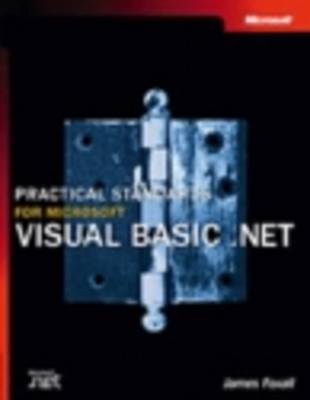Microsoft programming
1 total work
Practical Standards for Microsoft Visual Basic .NET
by - Microsoft Corporation
The same attributes that make Visual Basic .NET exceptionally productive and easy to use can also lead to unexpected problems, especially when you upgrade. Using standardized programming techniques can help you solve those problems so that you can exploit all the power of rapid development—without creating hidden land mines in performance and maintainability. This book shows you proven practices to help you eliminate “voodoo” variables, create interfaces that make users more productive, write self-documenting code, simplify code modifications, and more. Each chapter illustrates common pitfalls and practical solutions with code samples—many from real-world projects. Whether you’re writing just a few lines of code or working with a team to build an enterprise application, you’ll learn how to use practical standards to develop better, more reliable code for every process.
TOPICS COVERED INCLUDE:
- Creating object and project templates
- Designing modules and procedures
- Naming conventions
- Using constants and enumerations
- Variables
- Formatting code
- Commenting code
- Looping structures
- Controlling code flow
- Exception handling
- Programming objects
- File operations
- Debugging
- Interface design
- User input and notification
- Distributing solutions
- Version control
- Source code control
PRAISE FROM THE VISUAL BASIC .NET TEAM
“This book provides a simple remedy for the lax programming style that we can all fall victim to from time to time. It shows you all the practical steps you can take to standardize your code in Visual Basic .NET—from creating object and project templates to using sensible naming conventions, and from commenting and formatting code so that anyone can understand it years later to controlling your source code and distributing your solutions the professional way. This invaluable resource goes beyond teaching how to simply write Visual Basic .NET code—it teaches you how to write your Visual Basic .NET code more effectively.”
Mike Iem, Product Manager, Microsoft Visual Basic .NET
